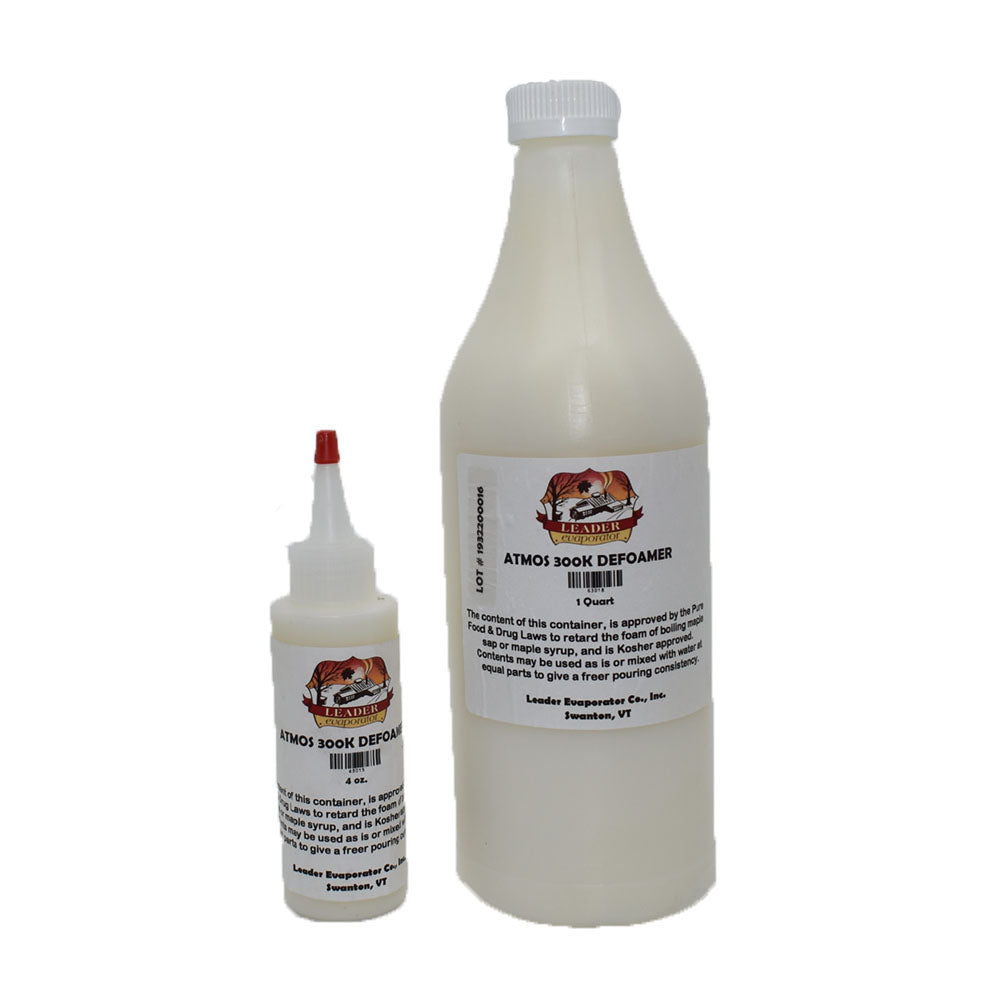Choosing the Best Defoamers for Your Manufacturing Line
The Duty of Defoamers in Enhancing Product Quality and Efficiency
In various manufacturing procedures, the existence of foam can significantly prevent item top quality and functional effectiveness. Defoamers function as essential ingredients that alleviate this problem, guaranteeing smoother manufacturing process while improving the aesthetic and functional features of the final items (defoamers). Their application covers a wide variety of markets, from food and drink to pharmaceuticals, where consistency and integrity are critical. The choice of the suitable defoamer can be important to achieving optimal results, elevating vital questions regarding formula compatibility and performance metrics that warrant more expedition.
Comprehending Defoamers
Comprehending the function of defoamers is essential for maintaining item top quality throughout different markets. Defoamers are chemical ingredients created to stop the formation and decrease of foam in liquid systems, which can detrimentally impact procedures such as mixing, filling up, and surface stress. Lathering can cause inadequacies, product problems, and compromised visual charm, making defoamers an essential element in producing operations.
In industrial applications, defoamers aid to boost item consistency and security. The reliable usage of defoamers not only makes certain smoother manufacturing processes but additionally adds to premium product performance.
Furthermore, the option and formulation of a defoamer must line up with particular application demands, such as compatibility with other components, efficiency under differing temperature level and pH conditions, and possible regulatory restraints. Ultimately, comprehending defoamers' features and their significance in different solutions is critical for optimizing production and making sure the finest quality final product.
Kinds Of Defoamers
Defoamers can be classified into several types based upon their composition and mechanism of activity. The key kinds consist of silicone-based, non-silicone organic, and inorganic defoamers.
Silicone-based defoamers are amongst one of the most reliable, primarily due to their capability to spread out swiftly on the liquid surface area and disrupt foam formation. Their one-of-a-kind chemical structure enables premium security, making them suitable for high-temperature applications and environments with varying pH degrees.
Non-silicone organic defoamers, commonly made up of all-natural oils or fats, are valued for their biodegradability and reduced poisoning. These are generally made use of in food and drink applications where safety and security and ecological influence are extremely important.
Not natural defoamers, which include substances like talc or calcium carbonate, act by increasing the thickness of the fluid, therefore decreasing foam security. They are frequently used in industrial processes where compatibility with other materials is not an issue.
Each type of defoamer has distinct advantages and limitations, enabling customized options depending upon the particular foaming concerns encountered in numerous applications. Recognizing these distinctions is vital for enhancing performance and attaining preferred product quality.
Applications Across Industries
Countless sectors leverage defoamers to enhance item high quality and operational effectiveness. In the food and drink field, defoamers are vital in processes such as developing and dairy products production to protect against foam formation, which can lead to inadequacies and product incongruity. By controlling foam, suppliers can guarantee far better yield and an extra uniform item.
In the pharmaceutical industry, defoamers play a crucial role in the formula of fluid medicines, where too much foam can hinder blending and accurate dosing. Their usage helps preserve the honesty of the formulations and promotes smoother production processes.
The paint and finishings market also counts on defoamers to improve the efficiency of items during application. By decreasing foam, these additives make sure a smoother coating and enhance the visual top qualities of the end product.

Advantages of Using Defoamers
While i was reading this the application of defoamers varies throughout sectors, their benefits regularly improve product high quality and process efficiency. One considerable benefit is the decrease of foam development during manufacturing processes, which can or else bring about manufacturing delays and disparities in product quality. By minimizing foam, defoamers make it possible for a smoother circulation of materials, facilitating more reliable procedures and decreasing the likelihood of tools malfunctions.
Furthermore, making use of defoamers can improve the look and appearance of last items. In industries such as coatings, paints, and food handling, too much foam can jeopardize the visual appearances and general quality, while the proper defoamer application ensures an uniform coating and preferable attributes. Additionally, defoamers can add to cost financial savings by reducing waste throughout production and maximizing making use of raw materials (defoamers).

Picking the Right Defoamer
Selecting the best defoamer is vital for maximizing manufacturing processes and making sure item quality. The choice of defoamer influences not just the performance of foam control yet also the overall efficiency features of the last product. Elements to consider consist of the type of application, the chemistry of the formulation, and the environmental problems under which the product will certainly be made use of.
Various markets may call for specific defoamer kinds, such as silicone-based, organic, or polymeric defoamers. Comprehending the compatibility of the defoamer with the primary active ingredients is crucial to prevent negative reactions that can view publisher site endanger product honesty. Furthermore, the defoamer's efficiency in various temperature levels and pH levels must be reviewed to look at more info make certain regular performance.
Testing the defoamer in small applications can give useful insights into its performance and viability. Consideration of governing compliance, specifically in food, pharmaceuticals, and cosmetics, is vital in selecting a defoamer. Eventually, a comprehensive analysis of these elements will certainly bring about the choice of a defoamer that not just controls foam successfully but likewise enhances the quality and efficiency of the end product.
Final Thought

In conclusion, defoamers are important additives that significantly boost product quality and performance throughout numerous markets. The tactical option and application of defoamers lead to set you back savings, optimized resource usage, and boosted customer satisfaction.
Frothing can lead to ineffectiveness, product defects, and endangered aesthetic appeal, making defoamers an important component in producing operations.
